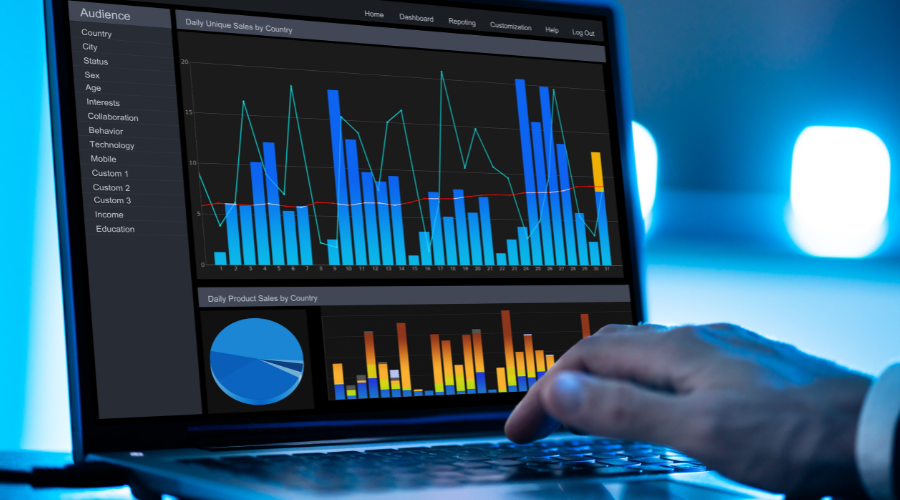1. Understand Your Audience
a. Audience Segmentation:
Consider the diverse backgrounds, roles, and expectations of your audience. Segment them into groups based on their technical proficiency, familiarity with the data, and specific goals or questions.
b. Tailor Style and Tone:
Adapt your visual style, language, and tone to resonate with each audience segment. Choose a level of detail that suits technical experts while ensuring clarity and simplicity for non-technical stakeholders.
c. Contextual Relevance:
Align your visualization with the context of your audience. Ensure that the insights provided are directly applicable to their needs and objectives.
2. Choose the Right Chart Type
a. Data Type Alignment:
Select a chart type that aligns with the nature of your data—categorical, numerical, temporal, or spatial. Consider factors like dimensionality, scale, and analytical goals.
b. Strengths and Weaknesses:
Understand the strengths and weaknesses of various chart types. Match the visualization method to the specific information you want to convey, whether it’s comparisons, trends, proportions, or relationships.
c. Customization Options:
Explore customization features within chosen chart types. Adjust colors, annotations, and other elements to enhance clarity and highlight key points.
3. Follow Design Principles
a. Visual Hierarchy:
Establish a visual hierarchy using colors, shapes, and sizes to guide the audience’s attention. Prioritize elements based on their significance within the data.
b. Consistency in Elements:
Maintain consistency in scales, axes, legends, and titles across your visualization. This ensures a coherent and easily interpretable representation of the data.
c. Clarity Over Complexity:
Prioritize clarity over complexity. Avoid clutter, distortion, and misleading effects that may hinder understanding. Embrace white space and balance for a visually appealing layout.
4. Test and Refine
a. Data Accuracy Checks:
Conduct thorough checks for errors, inconsistencies, and gaps in your data and analysis. Ensure that the information presented accurately reflects the underlying dataset.
b. Solicit Feedback:
Seek feedback from diverse perspectives. Encourage input from team members, stakeholders, and subject matter experts. Evaluate whether the visualization meets the expectations and requirements of your audience.
c. Impact Assessment:
Evaluate the impact of your visualization by asking critical questions. Does it effectively convey the intended message? Does it align with best practices and standards? Does it capture and maintain the audience’s interest? Assess whether the visualization triggers the desired actions or responses.
Conclusion
In the realm of data analytics projects, effective data visualization is a cornerstone for communication and decision-making. By understanding your audience, selecting the right chart type, adhering to design principles, and rigorously testing your visualization, you can ensure that your insights are not only accurate but also impactful for a diverse and discerning audience.

